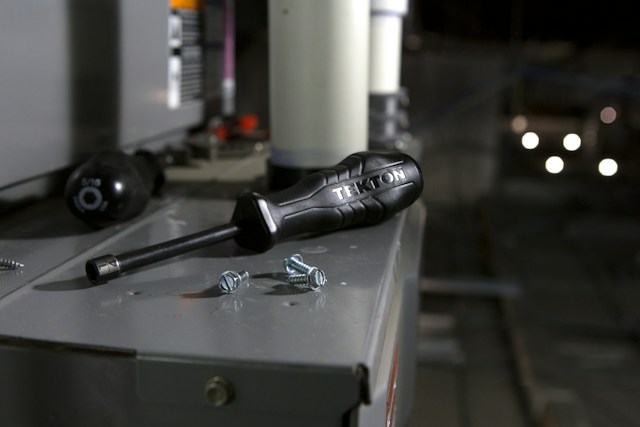Saudi Arabia is forecast to spend over $20 billion between now and 2018 on border fence security systems. Bordered by Yemen and Iraq, Saudi Arabia will use border perimeter security, including physical fences, electronic fences, surveillance and listening equipment as well as closed circuit camera (C3) systems to protect its vast oil reserves and processing facilities. Preventing weapons and contraband smuggling and infiltration are objectives as well. In addition, unmanned drones will pressed into service.
According to the Saudi Gazette, the Kingdom is searching worldwide to find state-of-the-art technologies to protect 1,500 miles (2,415 km) of its border. With the United States currently considering its options for fences and other border control technologies along the Mexican and Canadian borders, suppliers are suddenly seeing green. There is an unparalleled demand for the wide range of technologies, including computer-controlled surveillance equipment, border entry screening systems, MM Wave surveillance equipment, day and at night imaging equipment, command-and-control and intelligence systems, and state-of-the-art fiber optic networks.
The Royal Saudi Navy has also stepped up patrols along the Red Sea and the Gulf. Saudi Deputy Interior Minister Prince Ahmad Bin Abdul Aziz played down the idea that the fences purpose is segregation; the Kingdom is simply interested in having more control over its borders.
Technology To Build Border Fences
The United States has been experimenting with different types of security fences having spent $1.6 billion to test two fences in Arizona. The fences are 15 feet high and are designed to be the toughest on earth to cross. The fences include concrete and steel bollards designed to stop vehicle ramming. As the featured image for this stories shows, fences are still vulnerable.
In 2005, the Bush Administration’s Secure Border Initiative awarded Boeing Corporation a contract for a project called SBINet or Secure Border Initiative Network. However, a recent congressional Government Accountability Office Report suggested that the border has become less secure as a result of the test program and the program has been halted for the time being.
The main problem is border agents monitoring areas remotely are so far away from the action that lags of up to four minutes between detection and reception of corresponding data make apprehension almost impossible. In addition, the walls shake in the wind, making it difficult for cameras to focus on people; this leads to false identifications where cattle or other animals are mistaken for people.






